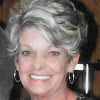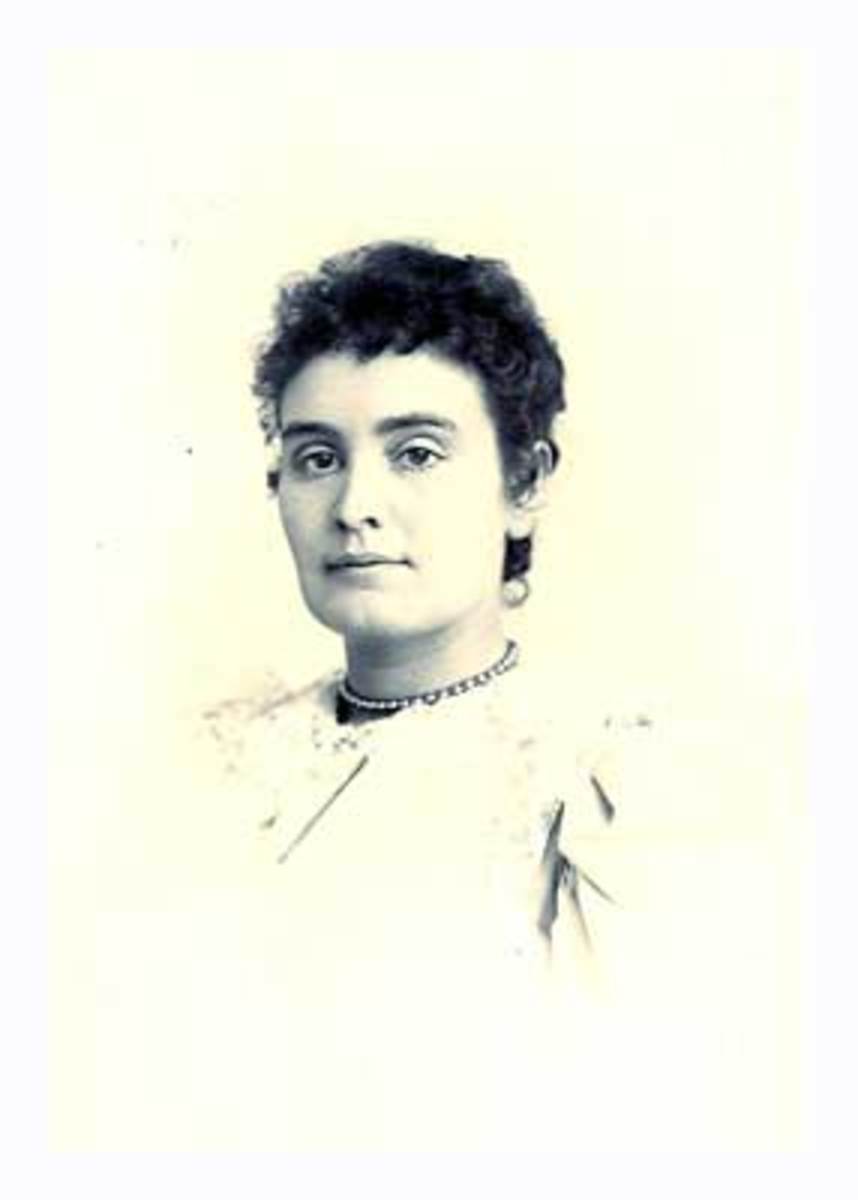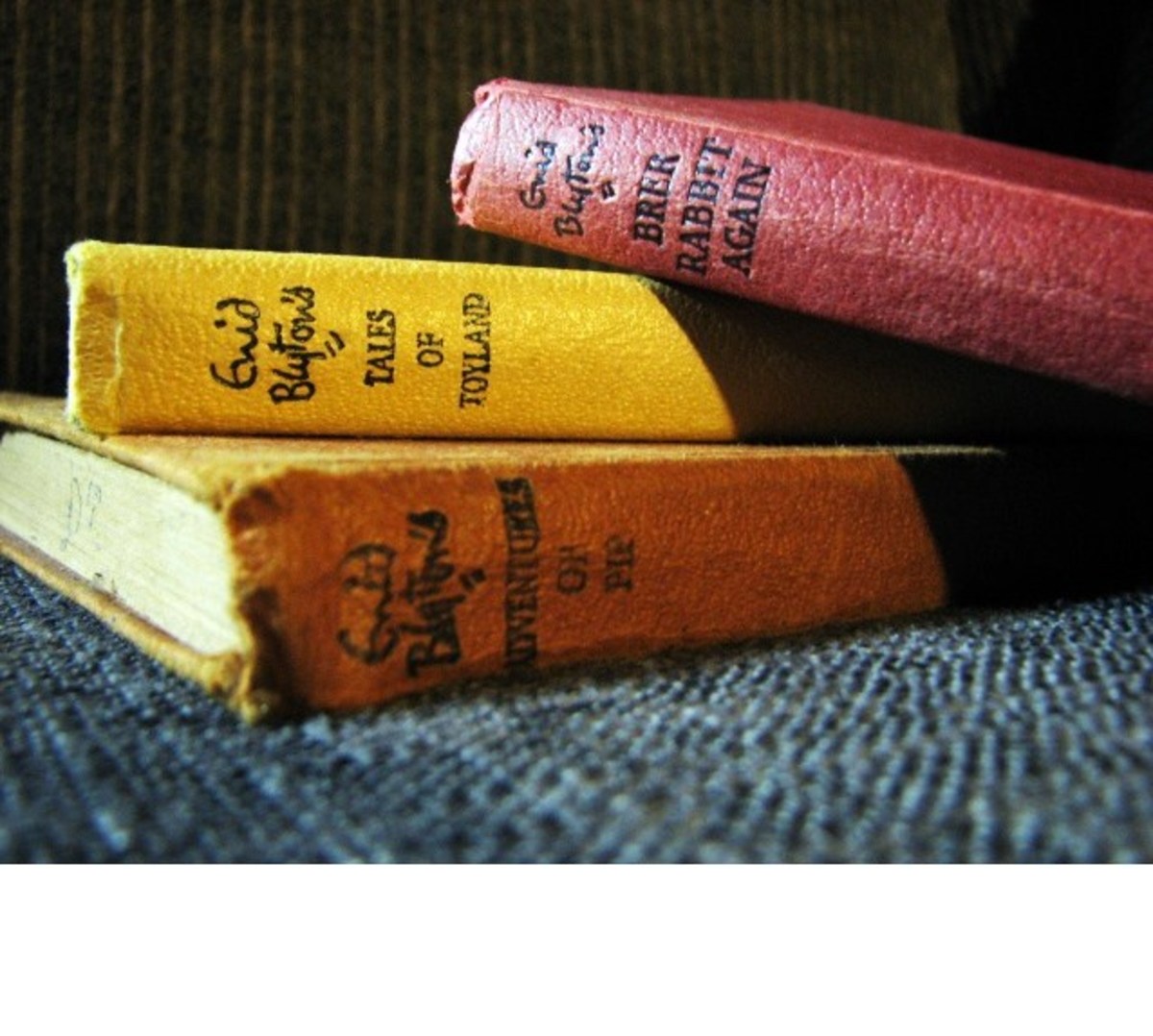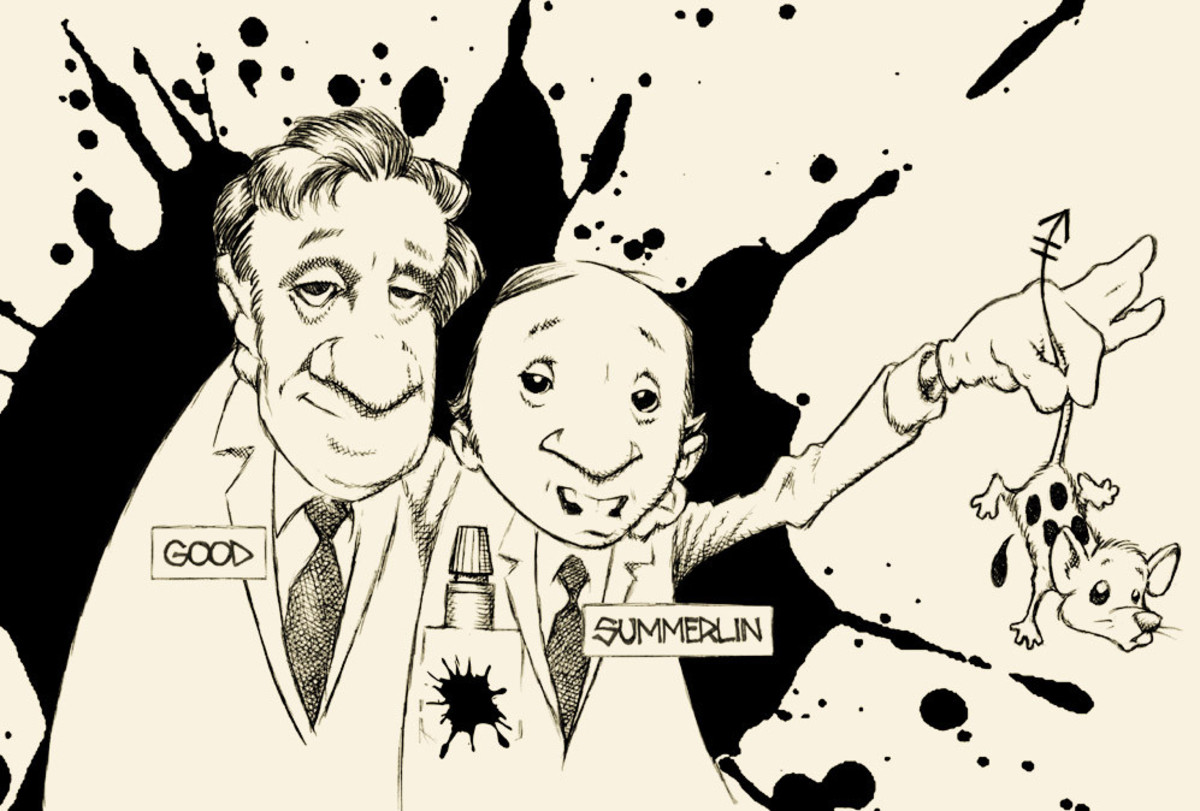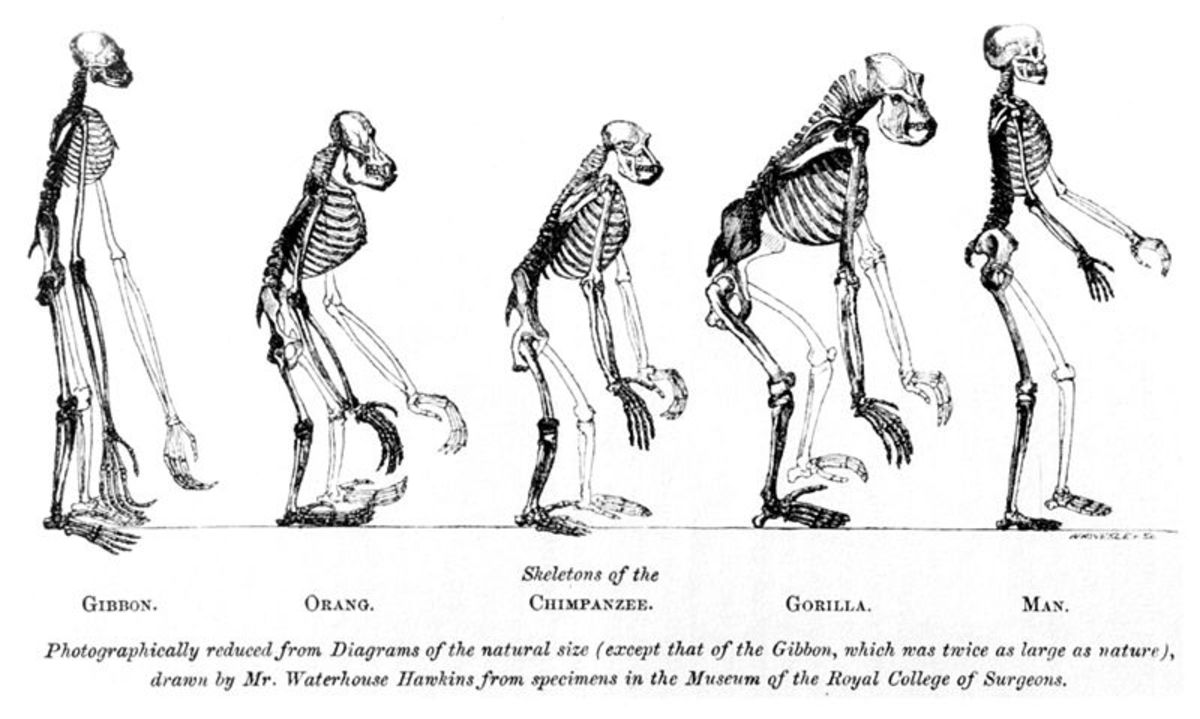"Eyes" For The Blind and The invention of Braille
Louis Braille
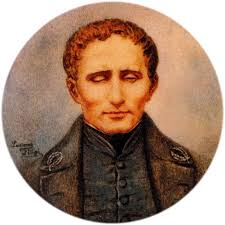
Louis Braille 1809-1854
Louis Braille was born in 1809 in Coupvray, France, a son of Simon and Monique Braille. His father was a leatherworker and in his shop when little Louis, age three, suffered a debilitating accident leaving him blind in one eye. Before long, infection traveled to his other eye, now leaving him blind.
Louis was such a good-natured child he seldom complained but only kept asking, "why is it always dark?" He enrolled in school, and his teachers were very impressed with his analytical mind. One day, a wealthy patron heard of Louis and his disability, and she generously arranged for him to go to school at the National Institute for Blind Youth in Paris.
Previously, the school had been a jail, and it was cold, damp, and dark. There were a lot of rules and harsh treatment for the children. It had to be hard for the teachers to teach their blind students somehow. o
One day, Louis's teacher, Dr. Alexander Francois Pigner, invited a man named Charles Barbier to speak to the students. He had devised a "night" writing system for the military using raised dots to spell out words. As it turned out, it was too complicated for the military to use.
However, young Louis was so impressed that he began experimenting on his own convinced he could find a way to improve on a system that would work. Finally, in 1825, barely sixteen, he showed it to his teacher, Dr. Pigner, who ten encouraged all his students to use it. Dr. Pignier wrote The History of France using the new invention. The school immediately dismissed him from teaching.
In 1834, Louis, now in his mid-twenties, was invited to demonstrate his system at The Expedition of Industry in Paris. He had also published a book detailing how to use his system. Still, the National Institute for the Blind refused to use his system. It would take two years after Louis' death, and eight years after Amsterdam started using his system that Braille's system would adopt it for their use.
Most of the world was using Braille's system by now, and the United States adopted it by 1916.
The childhood home of Louis Braille in Coupvray is listed as a historic building and houses the Braille Museum. The square in the city was renamed Braille Square with a monument in his honor. He has been commemorated worldwide on several stamps, and the Encylopedia Briticanna has listed him as "100 Most Influential Inventors of All Time".
National Institute School for the Blind Youth
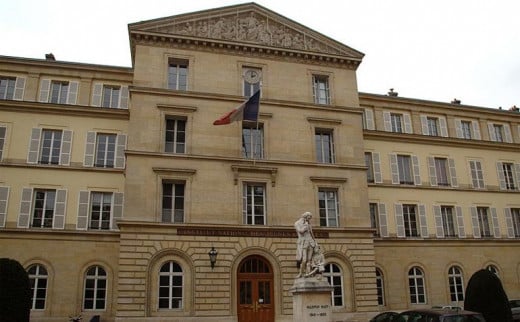
The Braille Alphabet
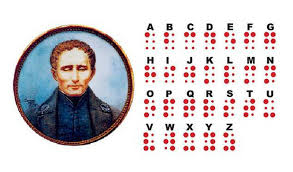
Perkins School for the Blind
The first school for the blind was initially named The New England Asylum for the Blind. Later, renamed after Thomas Handasyd Perkins, who was losing his sight at the time. He had donated his mansion for the school then later bought a larger building in Boston. Today, Perkins School for the Blind is located in Watertown, Massachusetts.
This property was home to Laura Bridgman and Helen Keller. Laura was the first deaf-blind American to receive an education, some fifty years before Helen Keller. After Charles Dickens had visited the school in 1842, he wrote about the accomplishments in his book, American Notes. Sometime in 1887, the school sent Anne Sullivan to Alabama to teach young Helen Keller. Sullivan returned to the Perkins School with Helen for further training.
Louis Braille and Helen Keller

Helen Keller at Perkins School for the Blind
Helen Keller, born blind, deaf, and dumb yet managed to lead attend four years at Perkins School for the Blind. She then spent one year at Cambridge school to prepare for Radcliff College. In 1904 Helen graduated Radcliff cum laude and became the first deafblindness person to earn a bachelor's degree.
Aides Available for the Blind
In 1931, the Perkins Braille Talking Book was created. By 1977, the book was produced and shipped worldwide to over 67 countries. In conjunction with the Helen Keller National Center (HKNC) and the Federal Communications Center (FCC), a nationwide outreach program for the National Department of the Blind Distribution Program (NDBEDP) to distribute accessible communication technology under the program connect and inform the one million afflicted people about the equipment available free of charge. To learn more about this program, call 1-800-825-4595.
Today, there are many products to help the blind, hard of hearing, and disabled available. Some of these include talking watches, clocks, and even talking cell phones. Nobody needs to be in the dark anymore. There are braille computer terminals and a robo email service available.
We are all familiar with the White Cane. The cane is not just a tool but a symbol for the blind. With it, they can be mobile and independent. In 1930 the very first Ordinance was in Peoria, Illinois granting blind pedestrians the right-of-way on the city streets. Other states soon followed, and the president signed into law making October 15th as the official White Cane Day.
White Cane Day
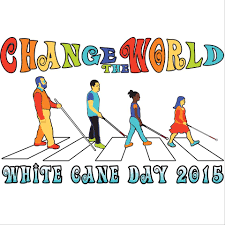
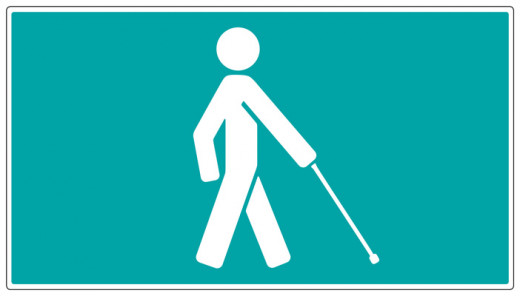
Braille Clocks and Aids for the Blind
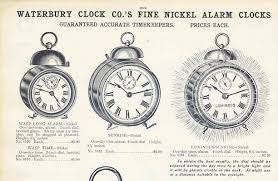
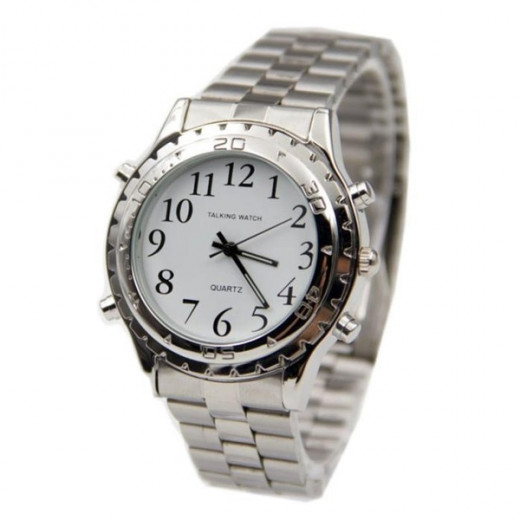
Braille Communty
There are over 3.4 million Americans 40 years or older, either blind, considered legally blind, or hard of hearing. Doctors are working on a cure for some types of blindness and are hopeful using stem cell surgery to someday making it as common as cataract surgery.
Some Notables That Are Blind
Here are just a few notable people that are blind:
Louis Braille, Helen Keller, Harriet Tubman, Homer, Ray Charles, Stevie Wonder, Joseph Pulitzer, and Ronnie Milsap.
It is because of a tragic accident that happened to Louis Braille and his invention that thousands can now "see" and are learning to be independent. Braille didn't live long enough to see the impact he made on thousands of blind persons.
Today, there are many schools for the blind or deaf offering help to them. The American Foundation for the Blind (AFB) is a program to help those in need.
